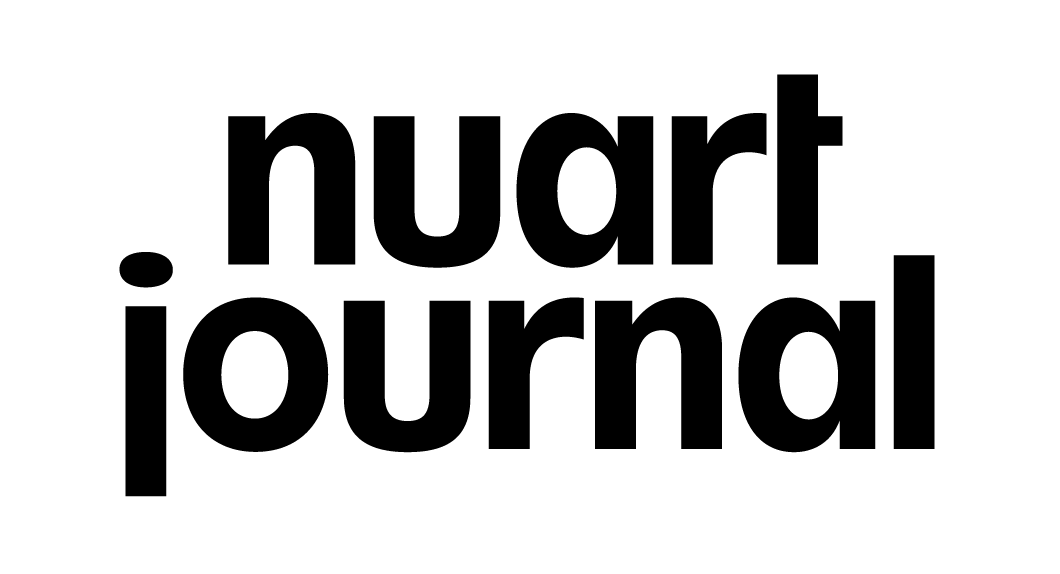LAUGH NOW
I was working on a project recently with an artist, when he turned to me and said, “please don’t mention that I’m a street artist in the press release, say I’m a neo-muralist”. I felt the hairs on my arms raise. He’d said this in spite of my knowing that he’d spent the last ten years nurturing a “street art” profile, a subculture that was almost the antithesis of this new municipality sanctioned corporate mural culture he wanted to be seen to be embracing.
Martyn Reed is an artist, researcher, producer and in his own words, an “ambivalent curator” dedicated to the democratisation of art production through the promotion of street art practice. His projects are designed as a critical response to the cultural hegemony whilst offering a celebration of radical DIY alternatives. He is a graduate of Jacob Kramer (Leeds) and Hornsey School of Art (London).
Now, I’m not against muralism as such, it’s a powerful medium with a rich history, particularly in the America’s, with at times, strong associations with social justice issues and community building. The communities being “built” and associated with street art now however, tend to be from the top down and integrate a type of generic muralism involving artists unaware or unashamed of abandoning street art’s original rhetoric of transgressive spontaneity. Developers favouring a kind of colourful and premeditated faux subversion to anything genuinely “street” or authentic.
They still put art on the streets for people to # and enjoy, so what’s the problem you might ask.
The problem of course, is the same one that Street Art initially set out to challenge, that is, the mechanism and conduits to power within public space and “culture” overseen by neo liberal courtiers to the elite. The same mechanisms that desire an ever more passive audience primed to consume #muralart in the same manner as they consume other disposable goods and product. Street Art of course, for better or worse, set out to challenge this.
In a culture of globalised brands and neo-liberal ideology, this new one-size fits all style of public mural art is ideal for clone developments & gentrification projects, it’s middle of the road, middle class and middle-brow. Like public art of old, it is fast becoming the Mumford and Sons of street art, creating a culture that seeks nothing more than your uncritical attention and adoration.
All of this got me to thinking, what can be done to wrestle back “Street Art” from corporate property speculators and those organisations and institutions dedicated to simply profiting from it. Living parasitically, from a culture predicated on resisting this onslaught of power wrought by capital. Can the coming tsunami of big budget bucket paint and cherry picker productions destined to rewrite what constitutes “street art” be averted, and if not, what should all of those concerned with this development do about it. Last year, in order to broaden the palette, we toyed with the term “post street art”, but perhaps this years adoption of the term “critical street art” is where the future lay. Try it, “Critical Street Art”. Sounds good ? better than “neo muralism” right ?
Authentic Street Art’s impending demise, or at least the death of any meaning ascribed to the term, made me recall the first piece of street art, that first stencil, that hit me with an impact like no mural ever has, or probably ever will. Like a song that cuts to the bone, it contained that same lyrical power that makes you want to leave your small town and small life for bigger and better things, it sprinkled both art and activism into eyes tired from the smog of advertising I’d experienced in the taxi ride from the airport to Shoreditch, where I was to Dj that night. As I lugged my pre EDM record box (yes, vinyl people) from the back of the cab, I was confronted with a slightly less than lifesized single layer stencil of a disgruntled looking chimpanzee holding a sandwich board that boldly stated “Laugh now, but one day we’ll be in charge”. It appeared at a time when transgression was not simply a marketing technique and whose immediate cultural value far exceeded any possible commercial value I could think of, there were no street level stencil art marketing campaigns I was aware of at the time, so it was undoubtedly art. But what sort of art was this, who had created it, was it animal rights related, was I the monkey, was the monkey the working class or the creative class, was it public art, did it relate to graffiti?
Stripped of any references, it left me momentarily lost, and like all good art, it had pushed me down a rabbit hole to live for a moment in a different world. A world away from the cab, the city, my dislocated self and the information overload I’d just experienced.
It was 2000, and It was of course, Banksy’s “Laugh Now”.
This wild counterpoint to the overly regulated distribution of images and signs that i’d experienced on the way in, triggered a life long obsession with Street Art. It has, in its most authentic form, never lost the power of that first defiant punch, a punch that instantly knocked the art education out of me. It acted as a trigger not only to thought, but to action, and that same year, I established the Nuart Festival.
Stencil art, is the tool that those without power, already possess. It enables us to speak of the times in the language of the times, leaving traces of the familiar in often unfamiliar surroundings. Unlike contemporary art, I realized it was not a mirror, but a compass to show us the way, though we seem to have lost our bearings a little recently. It isn’t produced for a community, but is a shout out to create a community. Some mural artists, often through necessity, have to be nuanced in the way they communicate politics, but I’m tired of nuance, and the stencil is very direct in all it’s hand cut black and white glory. There are people, companies and organisations out there quite prepared to use mural artists as the shock troops of gentrification, moving into an area and clearing a path for developers, mine stripping the culture of its relevance as it goes. We need to be prepared to offer and fight for alternative platforms, spaces, patrons, finance and events if the culture is to maintain any authentic link to its radical roots. In the meantime, it’s the anonymous and unsung heroes of Stencil Art that we need to once again, focus on and celebrate. Those nameless champions of multiple series of small and human scale works whose lifestyle’s and rebellions have avoided keying into the corporate world. Unnamed, unsanctioned, unauthorized, unart as opposed to nuart perhaps.
In a culture where anti-authoritarianism can be “diagnosed” as a “disorder” and medicated against , one where contemporary art is in thrall to the market, we need quick, simple and very public transgressive acts, and a lot of them. It’s the stencil that offers us this, a form that echoes Joseph Beuys famous statement “everyone an artist”, in the most literal of senses.
In the beginning, you’ll feel like a fraud, an imposter, a faker, and you can damn well bet you’ll be inauthentic. But continue, and somewhere along the line, you may just create an incantation that reverberates with the now, a song of ourselves, a trigger that spurs others to action generating a belief in the idea of art, love and community. As “Laugh Now” did for me, you could do for others.
As critic and author Robert Hughes said in the 1980s tome, The Shock of the New: “What does one prefer? An art that struggles to change the social contract but fails? Or one that seeks to please and amuse and succeeds?”
I’ll leave it to readers to decide which is which.
Laugh now, but one day we’ll be in charge.
Martyn Reed
Originally written for Juxtapox Magazine Nov 2017

